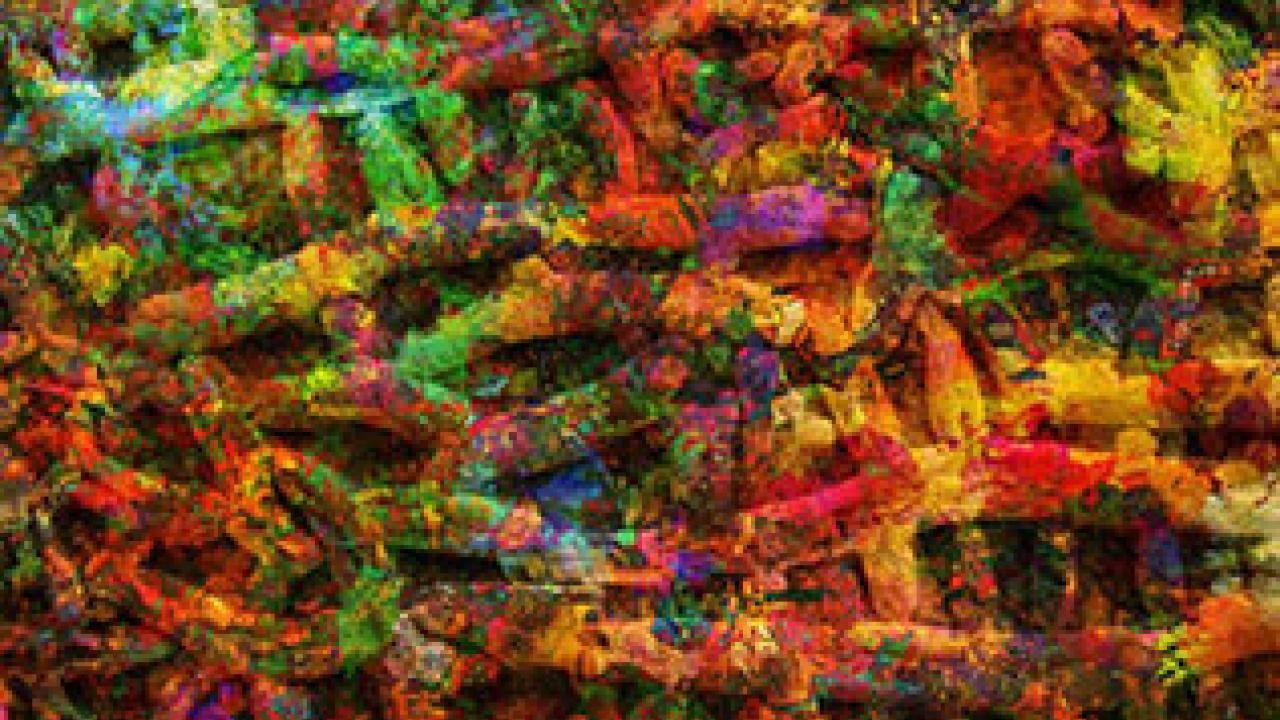The natural world is astonishingly complex. After centuries of study, scientists still have much to learn about how all the species in an ecosystem coexist, for example. New research on microbial communities published in Nature Communications helps light the way to answering this fundamental question in ecology.
"What I wanted to know is, sure communities are very complicated, there are many species interacting, but if we try to describe the most important forces shaping this community, what are they?” says author Jacopo Grilli, a biological physicist at the International Center for Theoretical Physics in Trieste, Italy and a former Omidyar Fellow at the Santa Fe Institute in the U.S.
Grilli, whose work focuses on understanding complex phenomena by using simple rules, knew that to begin to answer that question, he needed to focus on ecological communities from many different environments, and for which a wealth of data already existed. It’s far easier to study a glass of ocean water or a spoonful of soil than a patch of forest, he explains. "Ecology is traditionally a data-poor discipline. But in the case of microbial communities, it’s much easier to get a lot of data on these communities, across several conditions,” Grilli says. "Microbial communities are everywhere. They are all around us, outside and inside us. So they contribute to many fundamental ecological processes around the world, and they determine in some part our health and well-being. Their impact on our lives and on our planet is immense.”
In parsing the abundance and diversity of bacteria in a variety of tiny worlds using a simple mathematical model, Grilli’s research suggests that environmental variability is the main determinant of whether a species is present or absent in a microbial community, and that environmental change — such as a change in temperature or nutrients — is the primary driver of fluctuations in the abundance of a species. "That sort of suggests the players are different — the species that are in our gut versus the species that are in the ocean are different — but the forces that shape them are the same,” Grilli says.
He also identified three key laws that help explain how the number of species in an ecosystem fluctuates over time. These laws can be used to predict a species presence or absence and the diversity in a system.
While the size, complexity, and dearth of data for, say, a forest ecosystem makes it difficult to extrapolate the findings to other systems, Grilli says these laws can be used as a starting point for investigations of bigger ecosystems.
“When we look at these bacterial communities, the number of individuals is huge compared to the forest next to our backyard,” he says. For example, the number of bacterial cells in our colon is ten times the number of trees in the world. “So when we understand something about the ecology of bacteria, we are looking at the ecology of something that is at the spatial and temporal scale of our planet. Every hypothesis in the context of micro-communities provides a starting point for other communities. And it’s obvious why, in a time when we see a huge decline in biodiversity at the global scale, understanding something more about ecology and in such a large scale is important.”
Grilli is now building on this work to better understand interactions among microbial species.
Read the paper, "Macroecological laws describe variation and diversity in microbial communities," in Nature Communications (September 21, 2020)














